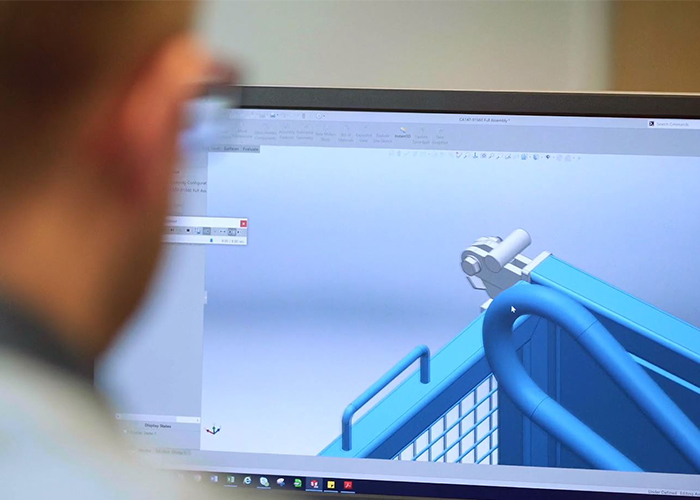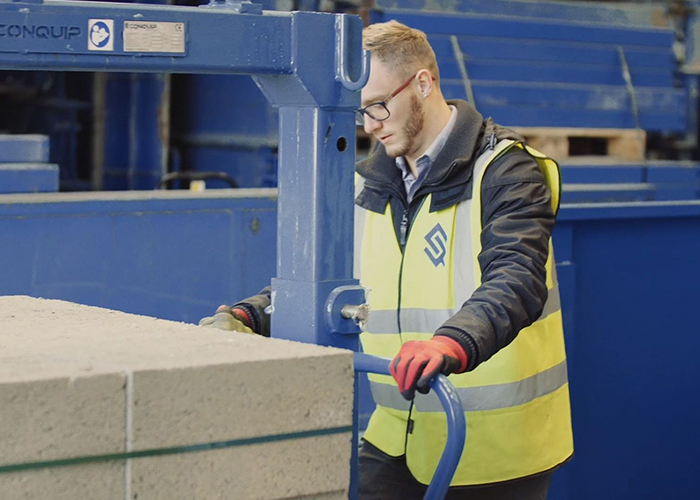To create a fail-safe solution to lifting brick, blocks and palletised material required collaboration with leading contractors and rigorous testing procedures. Here we explore what was involved in the Crane Forks Cage function test, why it was necessary and what the test proved.
No ordinary function test…
You’ve probably heard something about the Crane Forks Cage in recent weeks. It’s taken the lifting operations community by storm, sparking conversations and feedback about all manner of lifting challenges.
But we know, with anything that receives praise, there will always be criticism. But we appreciate it! A critical eye helps keep the industry sharp and ensures that people do not fall use bad quality or unsafe solutions.
A concern from one of our critics: Is the cage strong enough to withstand a side loading if the load was to tip during the lift?
We knew we had this covered. During the design process carried out the ultimate test: a destructive function test. To prove it, we decided to release this video.
Why was this test necessary?
The question about a potential sideloading was certainly a valid concern. We knew from working with lifting operations specialists on site that a major risk of using the Crane Forks previously with a safety restraint net was the potential for the net to get caught and snag on something (eg the edge of a building structure or a scaffold pole).
There was a tendency for this to occur during a blind lift, for example where the load was being lowered into a tunnel shaft or over the edge of a building down into a scaffold loading bay.
We wanted to carry out this test so we could simulate the load being obstructed on one side, which would cause the cage to tip and lean. The load would then shift within the cage. We carried out this test to ensure that the side loading did not affect the integrity of the cage.

How did we conduct the test?
1. We loaded the cage with a pallet of concrete blocks.
2. We then positioned a solid metal block in the middle of the testing area.
3. We then lifted the Crane Forks Cage and let it down on one side of the block to cause the cage to tip.
4. We controlled which side of the cage landed on the cell using a tagline.
5.We repeated the test in excess of 7 times, with the load shifting to every side, including the ramp and the access door.

What did the test prove?
It proved that the Crane Forks Cage is entirely fit for purpose – everything that we set out in the design brief!
On the first test, the load shifted to one side and rested on the cage. On the second test, the banding of the blocks failed, and the blocks moved in every direction. If this had happened in a real-life scenario using the traditional method, there would have been a near-miss on site and on most projects, the site would have been closed for an investigation.
Why even do a function test?
Using up-to-date simulation technology, we can carry out load tests and FEA analysis, without physically testing the equipment. However, at Conquip, we always physically load test and function test new products and new product models to make sure our theoretical conclusions are accurate, and the equipment will stand up to rigorous site conditions.
The other reason we function test equipment is to simulate unusual site situations that we might not be able to replicate in the software.
For us, it’s important that we have peace of mind that our physical products are as strong, if not stronger, than the software calculations. It also gives our customers the reassurance that they need from a supplier of best practice lifting equipment solutions.






